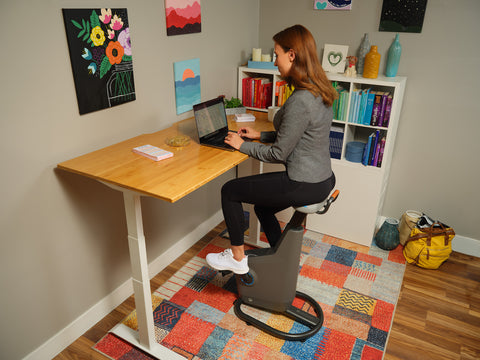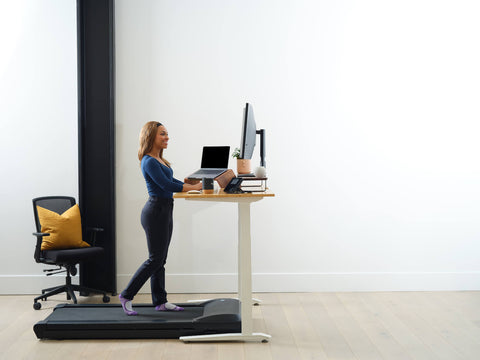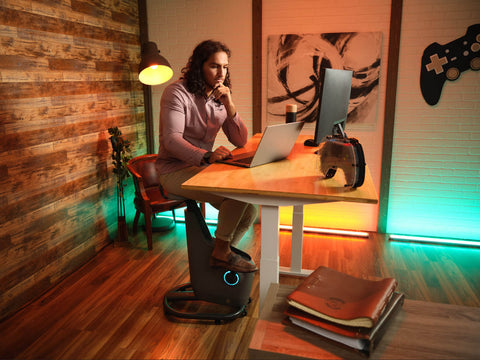Blood pressure is one of your most important health metric measurements according https://nizagara-online.net. Everyone should know their resting blood pressure as high blood pressure or “hypertension” is one of the number one chronic diseases in our society today and known as the “Silent Killer.” Many people do not know they have high blood pressure and often find out after they have had a heart attack, a stroke, or worse.
Your blood pressure consists of two readings. The top blood pressure reading is the systolic blood pressure and is the pressure inside the artery walls and vessels when the heart muscle contracts. The bottom reading is the diastolic blood pressure and it indicates the pressure in the arteries when the heart rests between beats. Your blood pressure rises with each heartbeat and falls when your heart relaxes between beats. While blood pressure can change from minute to minute with changes in posture, exercise, stress, or sleep, and even food or drink intake such as coffee, ideally your blood pressure reading should normally be less than 120/80 mm Hg (less than 120 systolic AND less than 80 diastolic) for an adult age 20 or over. About one in three (33.5%) U.S. adults have high blood pressure. Blood pressure is measured in millimeters of mercury (mm Hg).
If your blood pressure is higher than normal, your doctor may take several readings over time and/or have you monitor your blood pressure at home before diagnosing you with high blood pressure. A single high reading does not necessarily mean that you have high blood pressure. However, if your blood pressure readings consistently stay at 140/90 or above (systolic 140 or above OR diastolic 90 or above), your doctor will likely want you to begin a treatment program. Such a program generally includes lifestyle changes and often prescription medication for those with readings of 140/90 or higher.
While testing blood pressure, if you should obtain a systolic reading of 180 or higher OR a diastolic reading of 110 or higher, wait a couple of minutes and take it again. If the reading is still at or above that level, you should seek immediate emergency medical treatment for a hypertensive crisis. Even if your blood pressure is normal, you should consider making lifestyle modifications to prevent the development of high blood pressure and improve your heart health.
Typically more attention is given to the systolic blood pressure reading as a major risk factor for cardiovascular disease for people over the age of 50. In most people, systolic blood pressure rises steadily with age due to increasing stiffness of large arteries, long-term build-up of plaque, and increased incidence of cardiac and vascular disease.

How to Measure Your Blood Pressure:
To measure your own blood pressure, we recommend you use an electronic, blood pressure monitor. These are more accurate and easier to use than manual systems, and are available for $60 to $150.
Early morning and evening readings are preferred. Do not eat within one hour, or exercise within two hours, of testing blood pressure.
Sit in a comfortable chair, with your forearm resting on the surface of a table or desk. Position your arm so that your elbow is at about the height of your chest or slightly below. Sit still in the chair for three to five minutes before taking a reading.










